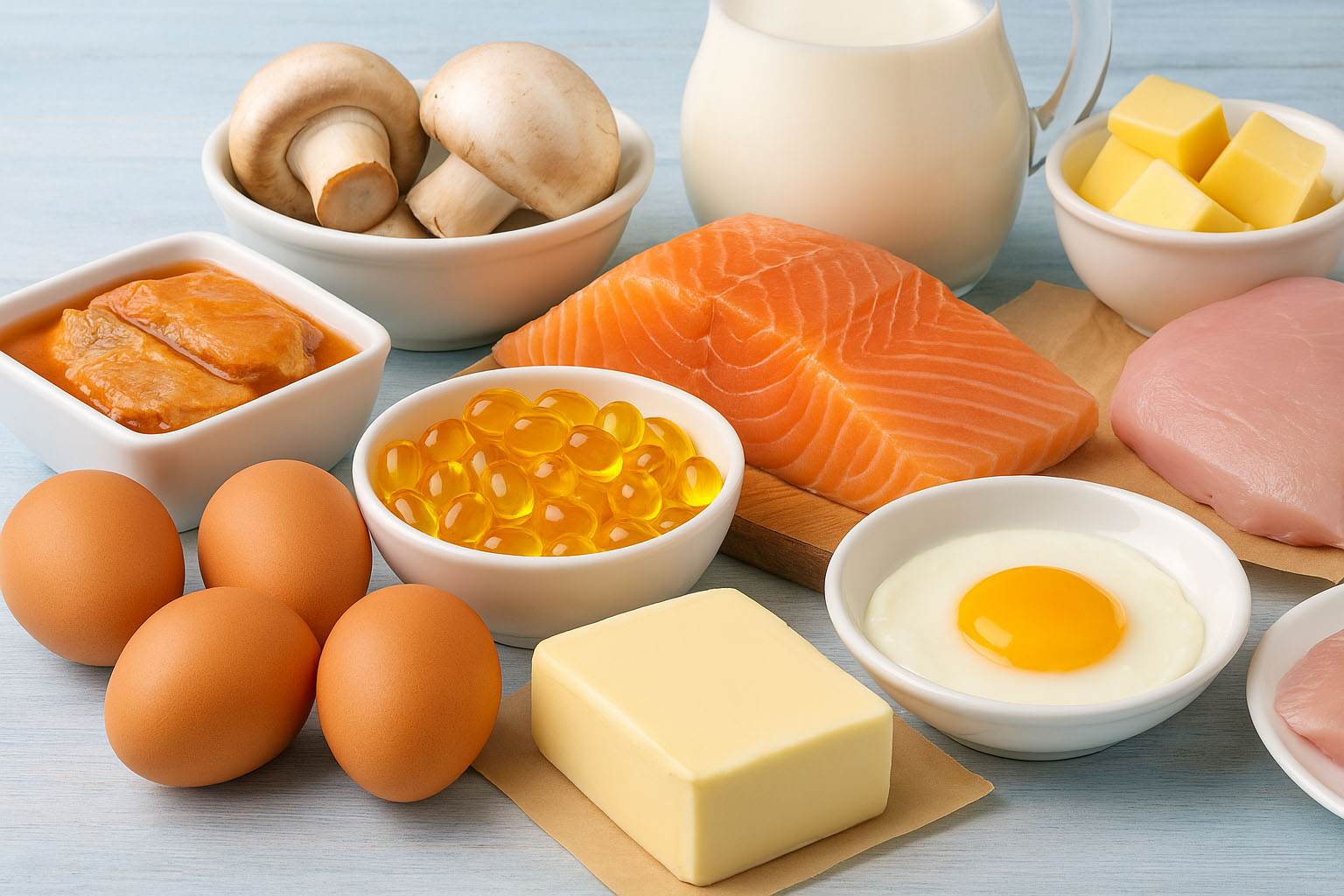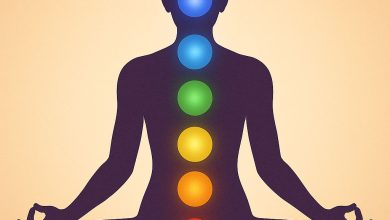✅ Why You Need Vitamin D in Your Diet
Vitamin D is essential for:
- Supporting your immune system
- Strengthening bones and teeth
- Enhancing mood and energy levels
- Regulating calcium absorption
- Preventing fatigue, infections, and low mood
While sunlight is a natural source, many people don’t get enough, especially in colder climates or during winter months. That’s why eating the right foods is critical for maintaining optimal levels.
👉 You can also read: <a href=”/vitamin-d-dosage-benefits-combination”>How Much Vitamin D Should You Take Weekly and What to Combine It With</a>
🥗 The Top 10 Foods High in Vitamin D
Here are the best foods to naturally boost your vitamin D levels—ranked by effectiveness and accessibility:
1. 🐟 Fatty Fish (Salmon, Mackerel, Sardines, Tuna)
- Why it’s great: One of the highest food sources of vitamin D
- Vitamin D per 100g: 360–600 IU (varies by species)
- Also rich in Omega-3 fatty acids
- Wild-caught salmon has more vitamin D than farmed
2. 🥚 Egg Yolks
- Why it’s great: Easy to include in daily meals
- Vitamin D per yolk: ~37 IU
- Pasture-raised or free-range eggs contain more vitamin D
✔️ Tip: Keep the yolks—don’t just eat the whites.
3. 🍄 Mushrooms (Sun-Exposed, Especially Shiitake and Maitake)
- Why it’s great: The only plant-based source of vitamin D2
- Vitamin D per 100g (UV-exposed): Up to 450 IU
- Place mushrooms in sunlight for a few hours to increase their vitamin D levels
4. 🐟 Cod Liver Oil
- Why it’s great: A powerful supplement food source
- Vitamin D per teaspoon: 400–1,000 IU
- Also high in vitamin A and Omega-3s
⚠️ Use with care—do not exceed daily dose of vitamin A.
5. 🧀 Fortified Cheese (Swiss, Cheddar)
- Why it’s great: Delicious and versatile
- Vitamin D per slice (fortified): ~40–50 IU
- Look for cheese labeled “fortified with vitamin D”
6. 🥛 Fortified Milk (Dairy and Plant-Based)
- Why it’s great: Easy to consume daily
- Vitamin D per cup (fortified): 100–130 IU
- Includes cow’s milk, almond milk, soy milk, and oat milk
7. 🥣 Fortified Breakfast Cereals
- Why it’s great: Convenient for kids and adults
- Vitamin D per serving: 40–100 IU
- Check nutrition labels—some are higher than others
8. 🧈 Butter and Ghee
- Why it’s great: Small amounts add up over time
- Vitamin D per tablespoon: ~15 IU
- Opt for grass-fed sources for higher vitamin content
9. 🐟 Canned Tuna
- Why it’s great: Shelf-stable and budget-friendly
- Vitamin D per 100g: ~268 IU
- Also a great source of lean protein
10. 🦐 Shrimp and Other Shellfish
- Why it’s great: Low calorie, nutrient-dense
- Vitamin D per 100g: ~150 IU
- Also contains zinc, iodine, and B12
📋 Quick Summary Table
| Food | Serving Size | Vitamin D Content (approx.) |
|---|---|---|
| Salmon (wild) | 100g | 500–600 IU |
| Egg yolks | 1 yolk | 37 IU |
| Sun-exposed mushrooms | 100g | 400–450 IU |
| Cod liver oil | 1 tsp | 400–1000 IU |
| Fortified milk (plant or dairy) | 1 cup | 100–130 IU |
| Fortified cereals | 1 bowl | 40–100 IU |
| Fortified cheese | 1 slice | 40–50 IU |
| Tuna (canned) | 100g | 268 IU |
| Shrimp | 100g | 150 IU |
| Butter/ghee | 1 tbsp | 15 IU |
💡 Pro Tip: Combine These Foods for Better Absorption
For maximum impact, combine vitamin D-rich foods with:
This enhances absorption and supports bone, immune, and heart health.
❓ Frequently Asked Questions
Q1: What is the best natural source of Vitamin D?
Fatty fish like wild salmon or cod liver oil.
Q2: Can vegetarians get enough Vitamin D from food?
It’s harder. Mushrooms and fortified plant milks are the best options, but supplements may be necessary.
Q3: Is it better to get Vitamin D from food or supplements?
Food is ideal for maintenance, but supplements help in case of deficiency. Always check your blood levels.
✨ Final Thoughts
If you’re not getting enough sun, you need to pay attention to your diet. These top 10 foods rich in Vitamin D will help you build stronger bones, enhance immunity, and improve your overall vitality—naturally and deliciously.
Make them a part of your weekly routine and protect your long-term health.



